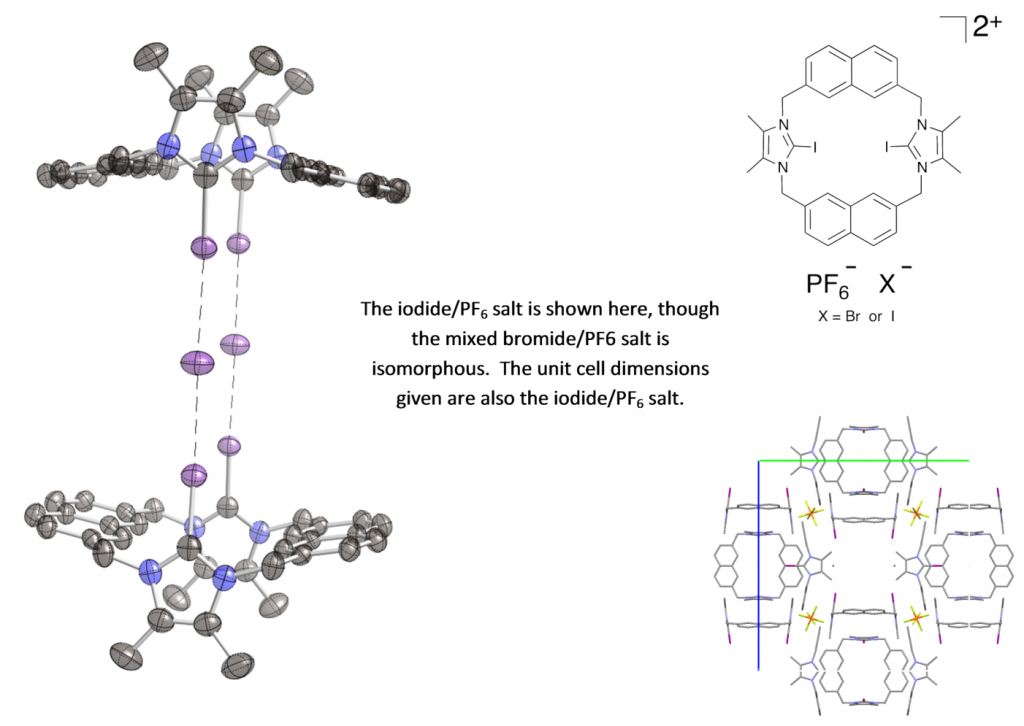CRYSTALS v14.21 installer is available to download for the Windows platfom.
Selected highlights:
- Constraints (List 12), restraints (List 16) and manually omitted reflections (List 28) are appended to the CIF for easy reference.
- Punch for list 1 is now possible.
- Included slant 2Fo-Fc maps on the menu.
- Fixed 2 bugs in #Perhydro: phenyl rings now work again and addition of H to disordered components is fixed.
- New list 9 stores parameter standard uncertainties from last cycle of least squares.
- New script for reading general CIFs from diffractometers.
- New script for centering structures in cells.
- Reduced number of questions during reading back of Superflip solutions.
- New script for editing f’ and f”.
